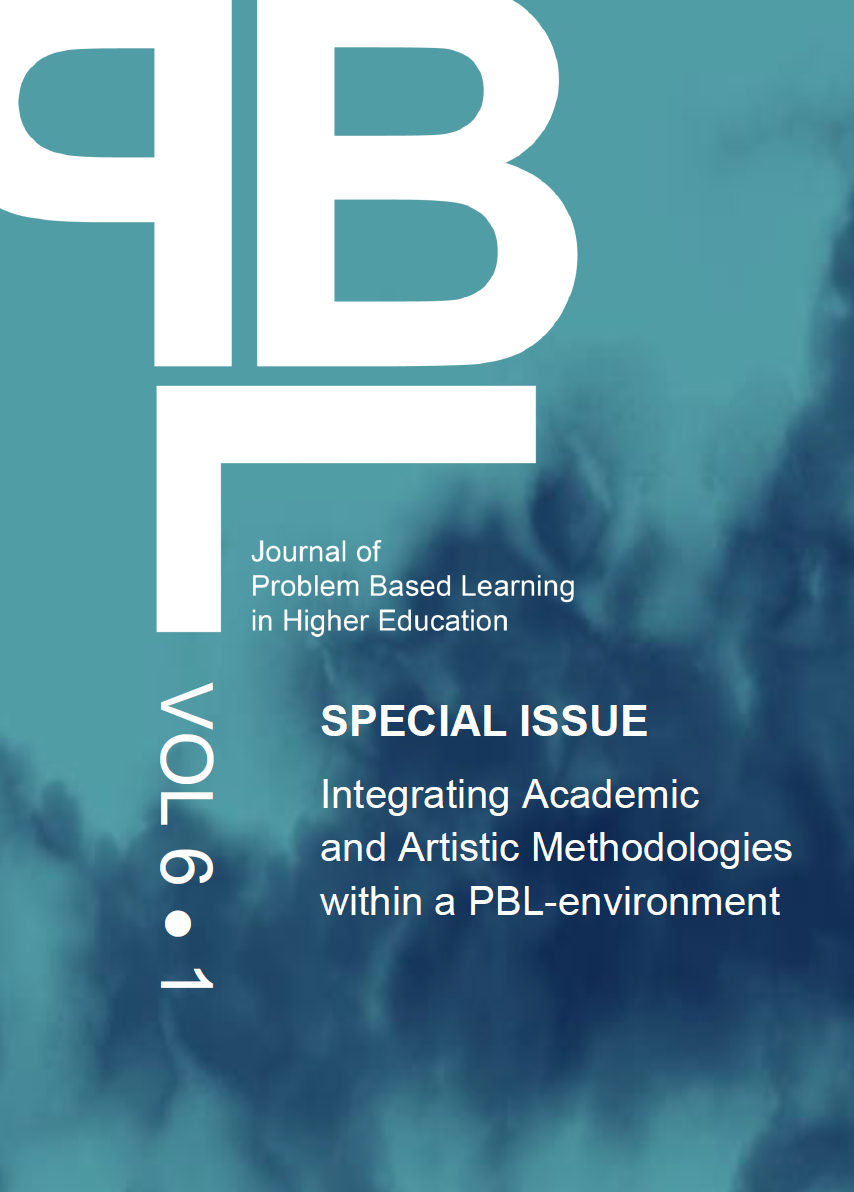Abstract
The world’s first co-lab in Cyborg Arts was conducted at Parsons/New School University over the course of sixteen weeks. This paper investigates the use of Donald Schon’s Reflect Practice Methodology (Schon 1983) and Bruno Latour’s Actor Network Theory (Latour 2005) in facilitating new solutions. Previously, an open call had been placed in targeted venues such as Art and Education, as well as a number of technology user groups in the New York City area to solicit ideas and participants. With the help of the Cyborg Foundation, three teams were chosen to build prototypes of a new cyborg sense: Team Glass, Team Radiation and Team Haptics. Team Glass strove to make a cyborg sense detecting the rhythm of changes in the sun’s solar flares; Team Radiation decided to make a sense to distinguish and alert the user to different types of organic and inorganic radiation in the environment, and Team Haptics wanted to use one of the participant’s own body to correct a medical problem with their nervous system’s coordination of gait. Students from Parsons MFADT program self-selected a team to work with. Specialists and guests either visited the co-lab or used Skype to converse with the participants during the course of the semester. Communication channels on Slack and Tumblr allowed immediate cross sharing of information, as well as searchable archives of group practice.
Registered Parsons students stayed committed to the lab in order to receive a grade. Other participants had various reasons to be involved, such as learning new skills, seeing their ideas realized, and stepping outside of their core discipline. The major conduits of communication for the teams outside of lab time were the web-based Slack application that logged a history of their thoughts and interactions, and an additional private Tumblr for the students to share their ideas in documenting their progress. This paper examines how critical interventions at key moments in group dynamics with these methodologies and analyses led to breakthroughs and dynamic interpretations of these sensing techniques, and thus new aspects of cyborg art.
Articles published in Journal of Problem Based Learning in Higher Education are following the license Creative Commons Attribution (CC-BY)
Authors retain copyright and grant the journal right of first publication with the work simultaneously licensed under a Creative Commons Attribution License (CC-BY). Further information about Creative Commons
